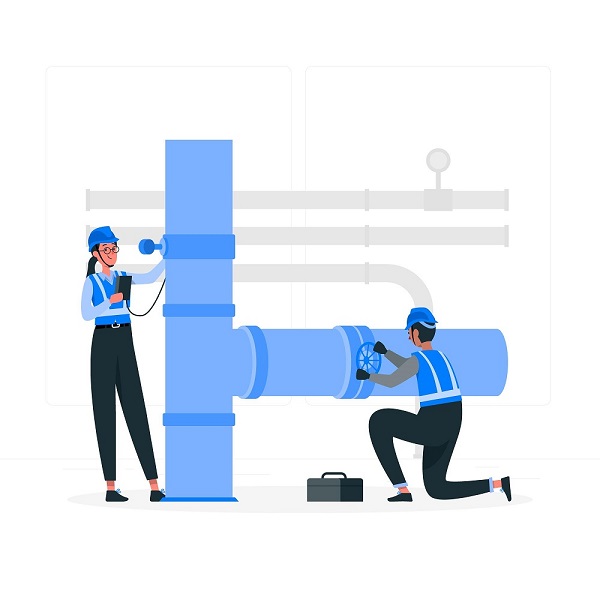In the intricate network of pipelines that crisscross industries, ensuring the integrity and functionality of these conduits is paramount. Line stopping services emerge as a groundbreaking solution, offering a transformative approach to maintenance and modification without the need for complete system shutdowns. This article delves into the crucial role of line stopping services in safeguarding pipeline integrity, exploring their applications, benefits, and the innovative techniques driving this essential aspect of industrial maintenance.
Understanding Line Stopping:
Line stopping, also known as line plugging or line freezing, is a sophisticated method designed to create temporary seals within a pipeline, effectively stopping the flow of liquids or gases. This process allows for maintenance, repairs, or modifications to be conducted on specific sections of the pipeline without the need for a complete shutdown. Line stopping is a dynamic and versatile solution applicable across various industries, including oil and gas, water treatment, chemical processing, and more.
Key Applications of Line Stopping Services:
- Pipeline Maintenance:
- Line stopping services play a pivotal role in routine maintenance activities. By creating temporary seals, these services allow for inspections, repairs, and replacements without disrupting the entire pipeline system.
- Emergency Repairs:
- In situations where immediate repairs are necessary, line stopping services offer a quick and efficient solution. The ability to isolate the affected section without shutting down the entire pipeline ensures minimal downtime.
- System Modifications:
- Industries undergoing expansions or modifications benefit from line stopping services during the installation of new pipelines or the rerouting of existing ones. This allows for seamless integration without affecting ongoing operations.
The Line Stopping Process:
- Isolation:
- The process of line stopping entails separating the troublesome pipeline segment. This is usually accomplished by erecting temporary plugging devices, which act as a barrier to stop the material flow.
- Maintenance or Modification:
- With the isolated section secured, maintenance, repairs, or modifications can be carried out. This may include tasks such as welding, valve replacement, or installing new pipeline connections.
- Resumption of Flow:
- Once the necessary work is completed, the line stopping devices are removed, and the flow of materials in the pipeline is restored. This seamless process ensures minimal disruption to ongoing operations.
Benefits of Line Stopping Services:
- Reduced Downtime:
- Line stopping services significantly reduce downtime by allowing targeted maintenance or repairs while the rest of the pipeline remains operational.
- Cost-Efficiency:
- The ability to conduct maintenance without a complete shutdown translates to cost savings, as it eliminates the need for production halts and system restarts.
- Safety and Environmental Considerations:
- Line stopping services contribute to safety by minimizing the need for extensive shutdowns. Additionally, they prevent the release of materials into the environment during maintenance activities.
Innovations Driving Line Stopping Services:
- Advanced Sealing Technologies:
- Innovations in sealing technologies enhance the effectiveness and reliability of line stopping devices, ensuring secure and leak-free temporary seals.
- Remote Monitoring and Control:
- Integration of remote monitoring and control systems allows for real-time oversight of line stopping operations, enhancing precision and safety.
- Environmental Sustainability:
- Ongoing advancements focus on environmentally friendly materials and methods, aligning line stopping services with sustainable practices.
Conclusion:
Line stopping services stand as a cornerstone in the proactive maintenance and efficient operation of industrial pipelines. As industries continue to evolve, these services prove indispensable in ensuring the reliability and longevity of pipeline systems. The combination of reduced downtime, cost-efficiency, and ongoing innovations positions line stopping as a vital component in the dynamic landscape of industrial maintenance, revolutionizing the way industries safeguard their critical infrastructure.

